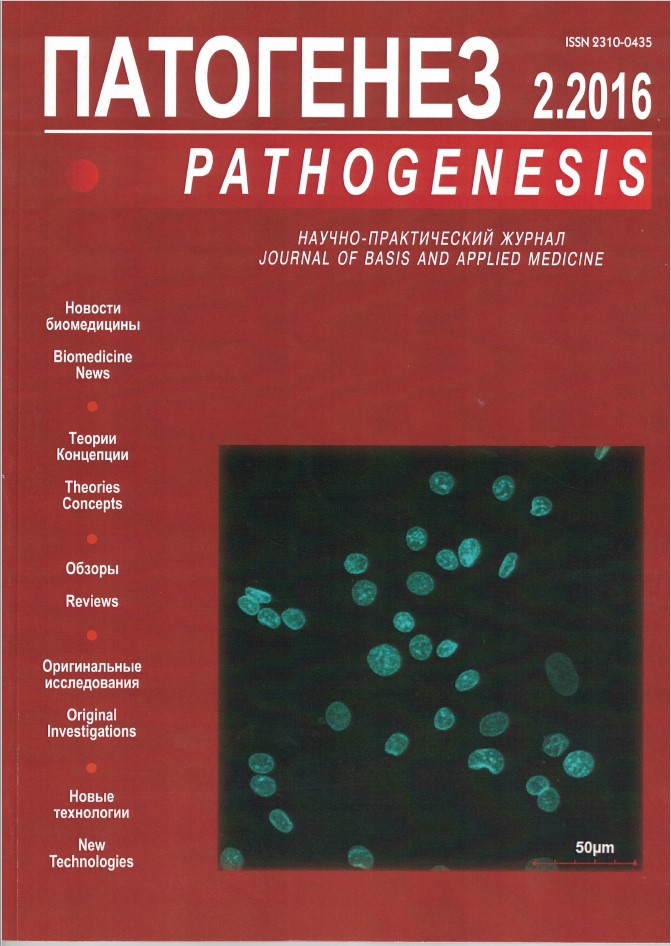Study of low glutamine, glutamic acid and citrulline blood plasma levels as risk factors in 28-days survival rate in critically ill patients
Abstract
The necessity and reasonability of correction of low glutamate-glutamine (Gln) cycle amino acid (AA), glutamic acid (Glu) and citrulline (Cit) levels in critically ill (CI) patients are reviewed in this article. Authors have presented the discussed problem in a view of investigating the effects of low blood plasma amino acid levels on 28-days survival rate, their correlation and dependence on integral parameters of patients’ condition severity evaluating in emergency department — APACHE II, SOFA, procalcitonine and lactate blood plasma levels. On a base of clinical study and statistical analysis performed with classical methods and meta-data mining, it has been showed that decreased blood Gln, Glu levels, in comparison to reference values, and Cit levels less than 10 mmol/L are associated with higher 28-days mortality in more than 80% of critically ill patients in emergency department and the levels are its independent predictive factors. These findings are newly presented and argue for correc tion of low
blood Gln, Glu, and Cit levels in CI patients and for the further search of the most adequate ways of its performing.




